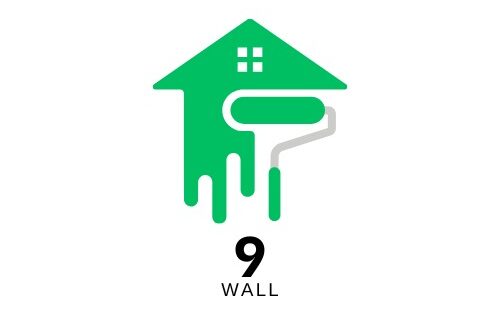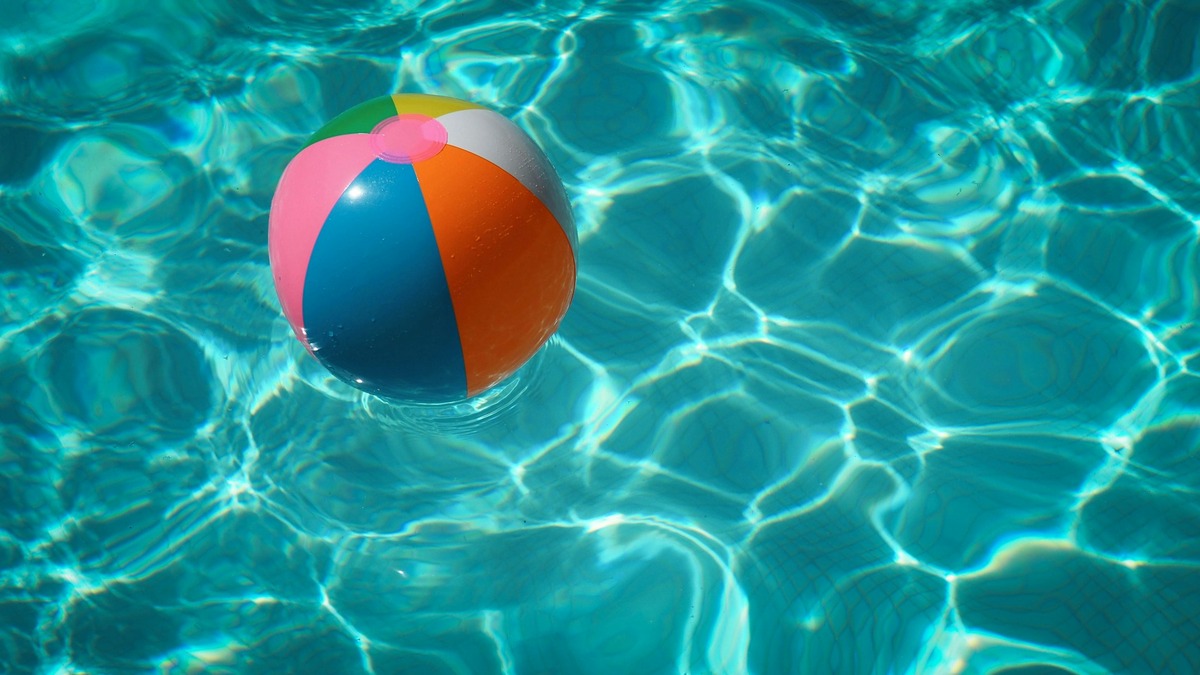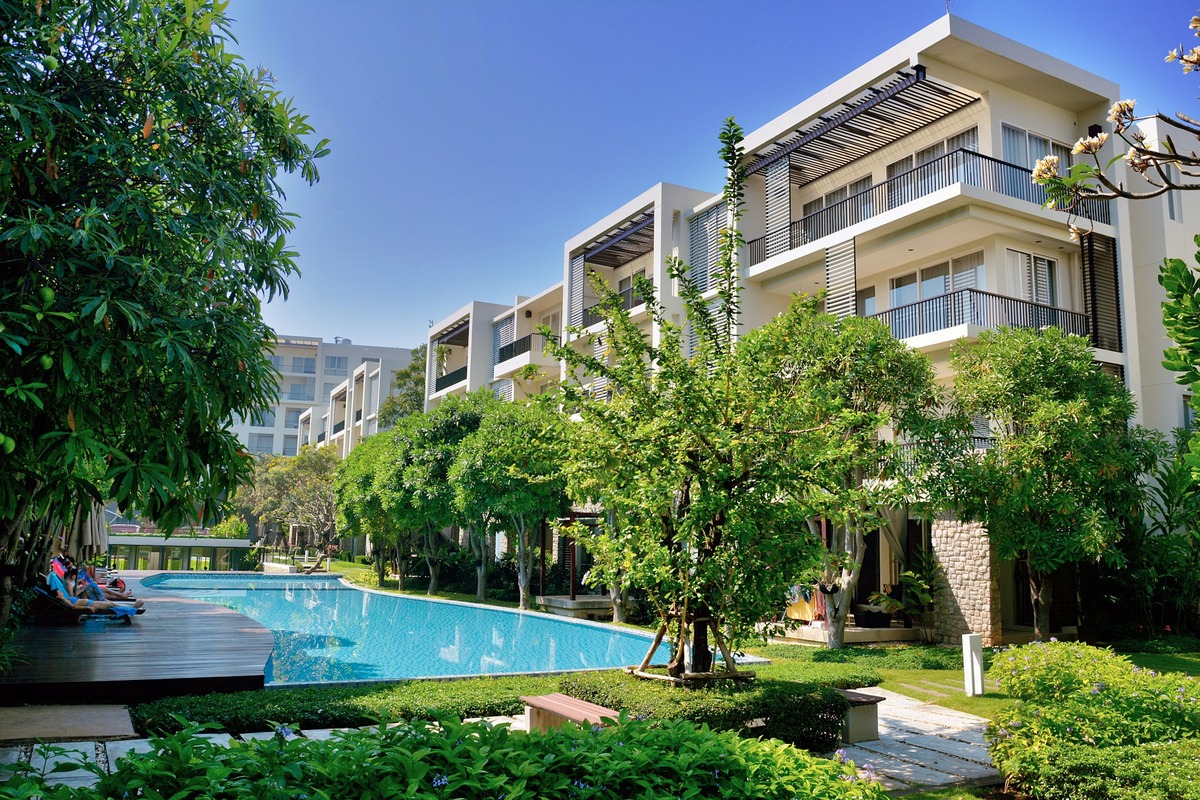Key Takeaways:
- A detailed understanding of costs in building a pool can help in effective budgeting.
- Consideration of both upfront and ongoing costs is crucial.
- Choosing the right pool type and accessories can significantly impact overall expenses.
Table of Contents:
- Initial Planning and Permits
- Pool Type and Design
- Construction Materials
- Installation Costs
- Landscaping and Accessories
- Ongoing Maintenance Costs
- Ways to Save Money
Initial Planning and Permits
The first step in building a pool involves comprehensive planning and obtaining the necessary permits. This process might seem daunting, but it is crucial for ensuring that your project meets local regulations and standards. Costs here can vary greatly depending on your location and the project’s complexity. Consulting with professionals like Integrity Pool Builders can help streamline this process and reduce unforeseen expenses.
It’s important to consider that permits can range from a few hundred to several thousand dollars. In some areas, zoning laws might affect not only the size and placement of the pool but also additional structures like decks or gazebos. Proactively addressing these legal requirements can save time and money in the long run.
Pool Type and Design
Choosing the right type and design of the pool is a pivotal decision that will affect your budget and overall satisfaction. Common options include in-ground, above-ground, and semi-in-ground pools, each with a price range and benefits. In-ground pools, for example, provide a more permanent and aesthetic solution but come with higher costs than above-ground alternatives.
Design choices add another layer of complexity and cost. Shapes, sizes, and depths should align with your intended use: leisure, exercise, or social gatherings.
Construction Materials
Materials play a crucial role in the longevity and maintenance of your pool. Choosing concrete, vinyl, or fiberglass will affect the upfront costs and the pool’s lifespan. Concrete offers the highest durability and customization but is also the most expensive and labor-intensive to install.
Vinyl pools are more budget-friendly and quicker to install, though they may lack the durability of concrete. Fiberglass, meanwhile, provides a good middle ground with decent durability and flexibility in design. According to This Old House, understanding the pros and cons of each material will help you make an informed decision that aligns with your budget and aesthetic preferences.
Installation Costs
Installation is a substantial portion of your pool’s total cost. Hiring experienced professionals can ensure quality workmanship, reducing the risk of future repair issues. Installation costs can fluctuate based on pool size, type, and location-specific considerations such as soil condition and accessibility.
Factoring in associated costs like plumbing, electrical work, and additional filtering systems is crucial. Opting for energy-efficient and durable equipment may incur higher initial costs but leads to long-term savings. Building a comprehensive quote from multiple contractors can help compare prices and services effectively.
Landscaping and Accessories
Enhancing the surrounding area of your pool involves landscaping, which can add to the total cost. Whether you prefer lush greenery, paving, or decking, each option varies in expense and maintenance. Landscaping improves aesthetic appeal and contributes to the overall usability and privacy of your outdoor space.
Accessories such as slides, diving boards, and lighting can elevate the pool experience and contribute to the cost. It is essential to assess the necessity and utility of such additions against the budget and long-term enjoyment of the space.
Ongoing Maintenance Costs
Regular maintenance ensures a clean, safe, and functioning pool. Balancing chemical levels, cleaning filters, and general upkeep represent recurring costs homeowners should budget for. Depending on the size and usage of the pool, maintenance can be done personally or by hiring professional services.
Investing in automated systems like robotic cleaners or advanced filtration can reduce manual labor but may require a higher initial outlay. Seasonal maintenance, such as winterizing in colder climates, should also be factored into annual expenses.
Ways to Save Money
Building a pool need not break the bank if approached wisely. Begin by obtaining multiple quotes and comparing contractor prices and services. Opting for standard shapes and sizes over custom designs can save money without sacrificing functionality.
Incorporating energy-efficient equipment reduces monthly utility bills, while DIY landscaping can significantly lower expenses. Taking time to plan, budget, and explore financing options before diving into construction can ultimately result in a more economical venture.







